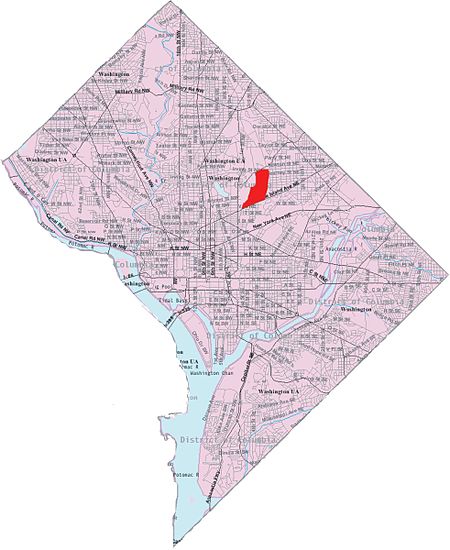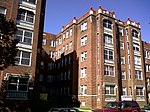Edgewood (Washington, D.C.)
1863 establishments in Washington, D.C.Edgewood (Washington, D.C.)Neighborhoods in Northeast (Washington, D.C.)Populated places established in 1863

Edgewood is a neighborhood located in Ward 5 of Northeast Washington, D.C. Edgewood is bounded by Michigan Avenue NE to the north, Rhode Island Avenue NE to the south, North Capitol Street to the west, and the Washington Metro's Red Line to the east. The eastern boundary originates with the establishment of the former Metropolitan Branch of the Baltimore and Ohio Railroad in 1873, creating the physical barrier which today separates Edgewood from Brookland to the east.
Excerpt from the Wikipedia article Edgewood (Washington, D.C.) (License: CC BY-SA 3.0, Authors, Images).Edgewood (Washington, D.C.)
4th Street Northeast, Washington
Geographical coordinates (GPS) Address Nearby Places Show on map
Geographical coordinates (GPS)
| Latitude | Longitude |
|---|---|
| N 38.9226 ° | E -77.0005 ° |
Address
4th Street Northeast 2506
20002 Washington
District of Columbia, United States
Open on Google Maps









